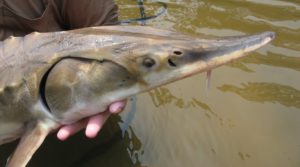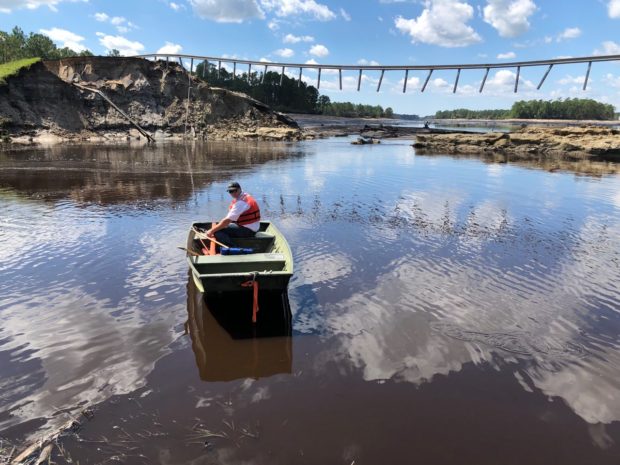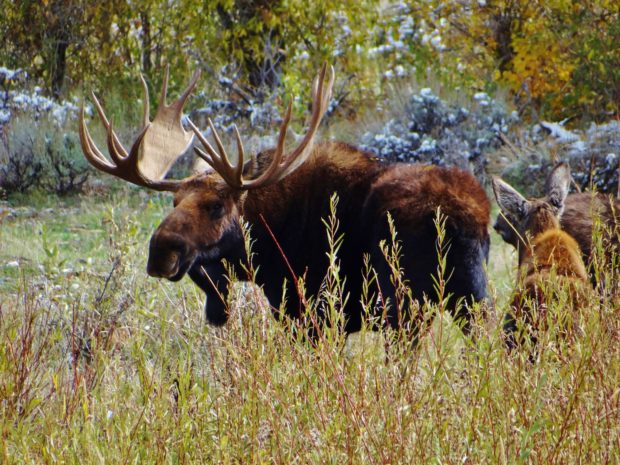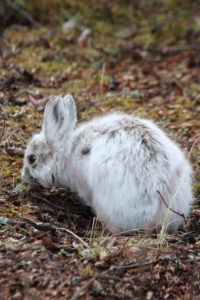We have much more to do and your continued support is needed now more than ever.
There’s Still Time to #ActOnClimate

We can no longer ignore the reality of climate change.

Communities and ecosystems across the country are feeling the impacts of severe weather, flooding, droughts, wildfires, hotter summers, and wetter winters fueled by climate change. What was hard to imagine several decades ago has become the new normal: longer hurricane seasons that produce increasingly severe storms have become an inevitability to prepare for each year. Megafires like the Camp Fire in California have caused unprecedented levels of destruction. Catastrophic flooding in the Great Plains and Midwest following a “bomb cyclone” caused an estimated $1 billion of damage in Nebraska alone. Throughout these disasters, the costs to wildlife and people, especially rural and historically disadvantaged communities, have been immeasurable.
And these impacts will only continue to get worse as climate change becomes increasingly severe. Scientists have stated we only have 12 years to get climate policies in place to drastically reduce our carbon emissions in order to avoid the worst impacts of climate change.

Global Climate Cooperation
The rest of the world recognizes the urgency of climate change and is taking steps to create solutions. The Paris Agreement, which the U.S. signed in 2015 and which went into force in 2016, represents a global commitment to reduce greenhouse gas emissions and promote reforestation, climate adaptation, and a transition to a new clean energy economy.
When President Trump announced his intention to withdraw the U.S. from the Paris Agreement in 2017 (we can’t formally withdraw until November 2020, after the Agreement has been in effect for four years), many people thought his decision would encourage other countries to try to withdraw from the Agreement and renege on their commitments to fight climate change. However, two years later, the U.S. remains alone, the only country to have announced its formal intention to leave the Agreement, and the only country in the developed world without a plan to address climate change. Rather than leading the world towards real climate action, President Trump’s announcement moved the U.S. away from the rest of the world, jeopardizing overall success of global climate actions and imperiling people and wildlife alike.
The Climate Action Now Act
We need to work with the global community to create positive climate solutions, not ignore the problem and isolate ourselves from the rest of the world. The Climate Action Now Act, recently introduced in the House, represents a powerful first step toward getting us back on track. The bill would require the Trump Administration to produce a plan within 120 days to meet our commitments under the Paris Agreement, and would prevent the federal government from using any taxpayer resources to withdraw the U.S. from the Agreement.
But it wouldn’t prescribe climate policy — the Trump Administration would still have the authority to do so. This would mean that President Trump can create a plan for fighting climate change that is compatible some of his other agenda items, like energy independence and economic development.

Ensuring Everyone Benefits from Clean Energy Policy
Most Americans support a transition from fossil fuels to clean energy like solar and wind. This would reduce our emissions from the power sector but would require a massive mobilization of American resources. The necessary transition to clean energy must be done ethically and carefully, so that communities currently relying on a fossil fuel-based economy won’t be left out of the new economic opportunities.
We can’t ask rural and vulnerable communities to bear the costs of the necessary transition to a clean energy-driven economy and resilient ecosystems without reaping any benefits. We must invest in solutions where all people benefit from this transition — including fossil fuel dependent regions that are looking for fair and equitable opportunities to revitalize their communities with new jobs, new industries and a clean environment.
Protecting Wildlife from Climate Change

Many American species depend on a stable climate for survival. Shorter, milder winters due to climate change are already harming wildlife across the country. For example, these milder winter temperatures have allowed ticks to flourish, causing weight loss and anemia in moose calves. Bighorn sheep, lynx, and wolverines are threatened by reduced snowpack in the winter they rely on to provide sources of water in the spring. Snowshoe hares, which normally turn from brown to white in the winter to blend in with the snow, stand out as white creatures against a snowless background, making them more vulnerable to predators.
Besides the effects on wildlife of shorter winters and warmer temperatures, many coastal species are threatened by sea level rise. Sea turtles and shorebirds are losing coastal nesting grounds, and Hawaiian monk seals — already endangered — stand to lose critical portions of their habitat.
Wildlife can’t wait. It’s time for climate action to protect the most vulnerable species and communities.





















